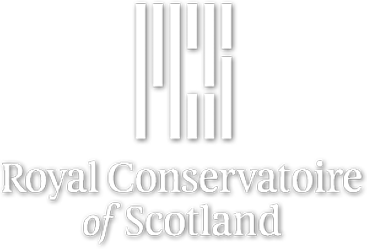How to write the perfect beginning and end
Research output: Contributions to journals › Article
Contributors
About
The dyslexia literature places an inordinate amount of focus on dyslexia as a deficit. Where discussions of dyslexia as a ‘difference’ do emerge, we find there is an emphasis on ‘talent’ or ‘success’ as an effect of ‘coping’ and ‘avoidance’. The purpose of this article was for two dyslexic writers, Naomi Folb (NF) and Aby Watson (AW), to present an alternative to this discourse. Their exchange uses four self-defined obstructions agreed prior to the writing process. These introduce the dominant subjective position and, allow them to discuss how it subjugates and silences the dyslexic. The Introduction was written to music. This is followed by a critique of the others Introductions. The third part is constructed of questions one author posed the other, whilst the fourth section is made of the answers in dialogue to the others’ questions. The authors’ conclusions, the end of the article, surface within a catechism, in which the authors forbade one another from editing or using spellcheck. Hence, the discussion appears to lack closure. This reflects the authors concerns with the conventions of ‘linear’ academic papers, in the way it presents a prioritization of knowledge, and exploration of ideas and subjectivity, over ‘acceptance’. In this way, addressing the authors lack of ‘belonging’ becomes the subject, rather than the purpose of the article. The result reveals the deep and hitherto unexamined bias towards dyslexics.
Details
| Original language | English |
|---|---|
| Article number | 5 |
| Pages (from-to) | 205-221 |
| Number of pages | 16 |
| Journal | Journal of Writing in Creative Practice |
| Volume | 5 |
| Issue number | 2 |
| Publication status | Published or Performed - Nov 2012 |
Author keywords
Keywords
- dyslexia, writing, avoidance, representation
